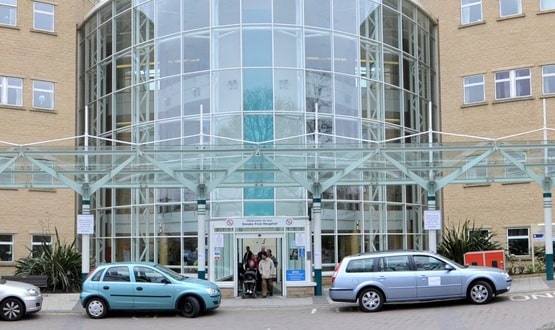Digital maps show flu pick-up gaps
- 26 August 2009
NHS emergency planners in Bristol and Avon are using advanced digital mapping to develop their swine flu pandemic response strategy.
The mapping has been used to identify the appropriate number and location of antiviral collection points needed for patients in the area.
The mapping took into account population statistics and travel times to community pharmacies and enabled planners to add several collection points to cater for patients who may fall ill with swine flu in the region.
The Avon IM&T Consortium, a shared technology resource serving the region’s primary care trusts, is carrying out the map-based analysis.
Trevor Foster, the consortium’s geographical information system manager, said it had used a road network dataset and established drive times using road speed parameters in conjunction with route finding software and digital postcode and boundary data.
Foster added: “We were able to generate zones to identify how accessible the collection points were from the road network. That allowed us to see whether there was a need for more centres.
“It was a complex piece of analysis covering around 500 square miles. We also looked at other factors concerning vulnerable groups, for example identifying pupil numbers at local schools.”
The mapping datasets that have been used in Bristol and Avon are available to all healthcare organisations across England through an agreement between the NHS Information Centre for Health and Social Care and data specialists, Dotted Eyes.
Benjamin Allan, managing director of Dotted Eyes, said: “The work in Avon is a prime example of the power of geographical information systems to support vital strategic decisions on resource priorities in the NHS.
"Presenting data in a spatial way can bring an on-the-ground scenario to life in a way that spreadsheets or narrative cannot.”
Link: Dotted Eyes




